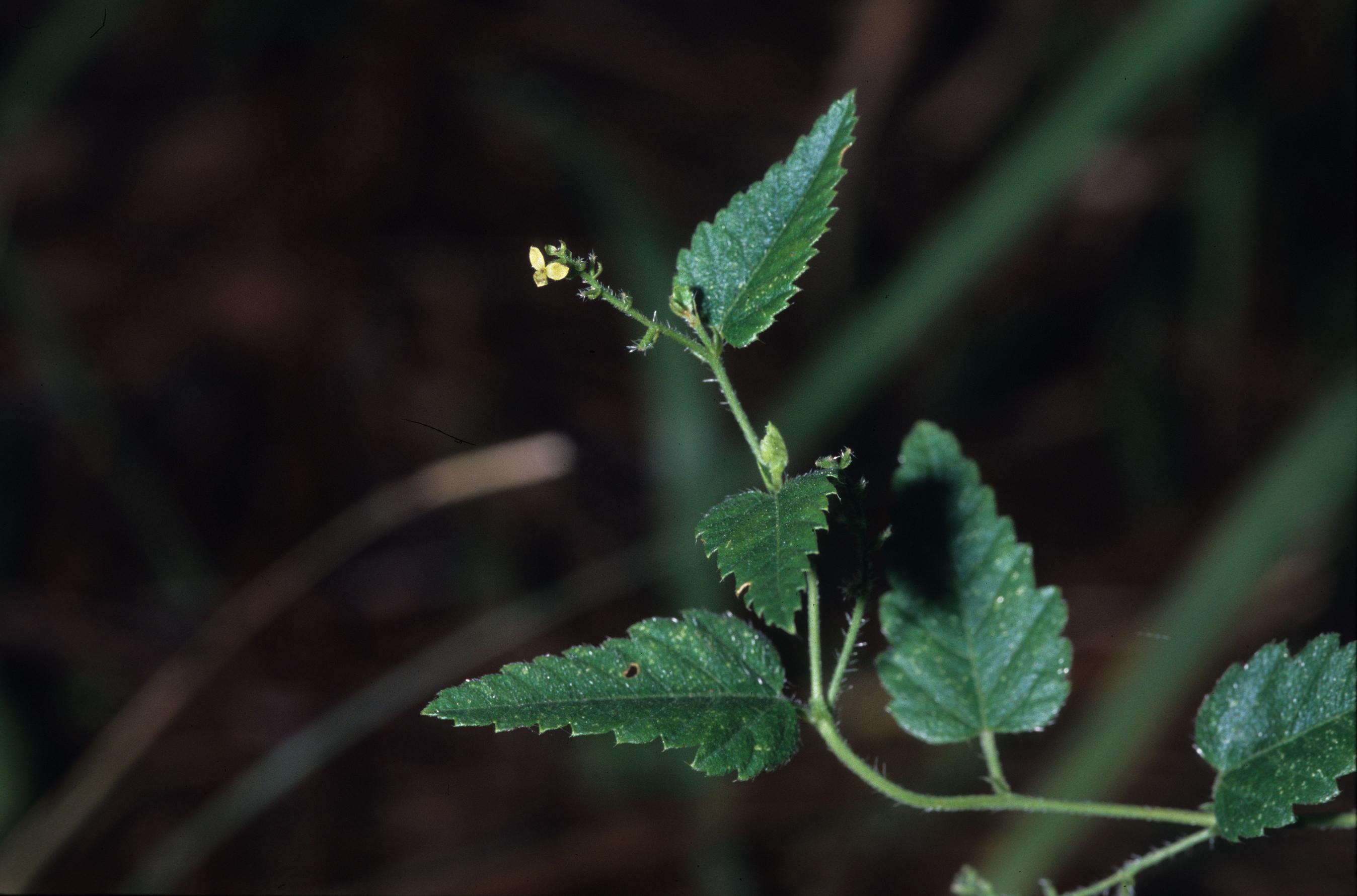Difference between revisions of "Tragia urticifolia"
(→Description) |
|||
| Line 19: | Line 19: | ||
==Description== | ==Description== | ||
<!-- Basic life history facts such as annual/perrenial, monoecious/dioecious, root morphology, seed type, etc. --> | <!-- Basic life history facts such as annual/perrenial, monoecious/dioecious, root morphology, seed type, etc. --> | ||
| + | Common name: nettleleaf noseburn | ||
| + | |||
==Distribution== | ==Distribution== | ||
==Ecology== | ==Ecology== | ||
Revision as of 15:08, 6 July 2015
| Tragia urticifolia | |
|---|---|

| |
| Photo was taken by Gil Nelson | |
| Scientific classification | |
| Kingdom: | Plantae |
| Division: | Magnoliophyta – Flowering plants |
| Class: | Magnoliopsida – Dicotyledons |
| Order: | Euphorbiales |
| Family: | Euphorbiaceae |
| Genus: | Tragia |
| Species: | T. urticifolia |
| Binomial name | |
| Tragia urticifolia Michx. | |

| |
| Natural range of Tragia urticifolia from USDA NRCS Plants Database. | |
Contents
Description
Common name: nettleleaf noseburn
Distribution
Ecology
Habitat
occurred in the three study locations in McElory (central Georgia area) including Midland Plateau Central Highlands, the Hill and Ellington sites, and the Grimsley site – all having loam sands/ sandy clay loam soils (Miller et al 1999).
Phenology
Seed dispersal
Seed bank and germination
Fire ecology
Pollination
Use by animals
Diseases and parasites
Conservation and Management
Cultivation and restoration
Photo Gallery
References and notes
Miller, J. H., R. S. Boyd, et al. (1999). "Floristic diversity, stand structure, and composition 11 years after herbicide site preparation." Canadian Journal of Forest Research 29: 1073-1083.